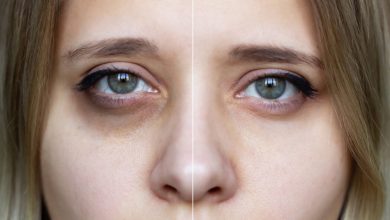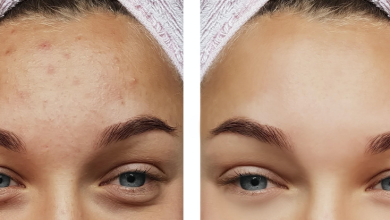DIY Baking Soda Shampoo: The Best Homemade Remedy for Hair Growth
If your scalp is experiencing excess buildup, it might be time for a clarifying shampoo. There are many options on the market, but natural beauty fans swear by a DIY baking soda shampoo to deep clean your scalp and hair—without the surfactants and sulfates of traditional products. Let’s look at how the treatment is supposed to work, along with the safest ways to use it.
A note of caution: What to know before using a baking soda shampoo.
Like all home remedies, baking soda shampoo should be used with care. Baking soda has a very high pH—between 8 and 9—which makes it alkaline. However, like the rest of your skin, your scalp is naturally acidic to prevent bacterial and fungal growth. This means alkaline products like baking soda can mess with the pH of your scalp. “The high alkalinity of baking soda can disrupt the hair cuticle, leaving the hair dry, frizzy, and prone to breakage,” says Kate Denniston, N.D., a licensed naturopathic doctor and founder of Los Angeles Integrative Health.
Board certified dermatologist Keira Barr, M.D., agrees: “Due to the abrasive nature, not only can the baking soda damage the hair shaft and contribute to hair breakage and split ends, it higher pH may also harm your scalp causing redness, inflammation and itchiness. Baking soda also opens up the hair cuticles, which causes water absorption: some absorption can be helpful, but too much can weaken the hair.”
Essentially: Baking soda shampoo should only be used when your scalp needs a deep clean—and the same goes for any clarifying shampoo. If you have very dry hair, consider skipping this shampoo and sticking to an apple cider vinegar rinse (more on that later). But if you’d like to test it out, know that it isn’t meant to be used on the regular.
And you should also keep in mind that some skin types are especially sensitive to baking soda. Always do a patch test on your inner arm before slathering it on your scalp. Safety first, folks.
DIY recipe
open next page to continue reading….




